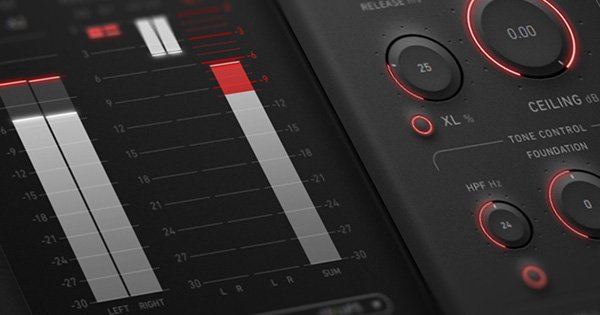The excellent Nadia Struiwigh has taken out time from her busy production and live touring schedule to break down how she works with Push 3 standalone and hardware. There are tons of great ideas here – and while we’re on the topic, here’s a useful hardware accessory for expanding Push 3 with more CV outputs.
Here’s Nadia with an easygoing walkthrough of everything you can do with Push. What’s great here is that she’s really grounding this to how she’s working on her current live setup – including for jamming and generating ideas. And it starts at the beginning, so it’s a nice real-world intro to Push 3.
So there’s the standalone mode on Push 3 driving her sessions in Live, with talk of how she handles instruments and transitions – but also how she adds external gear.
Watch at the beginning for your proper Dutch pronunciation lesson, folks!
I expect we could get Nadia to go back and talk endlessly just about her love for the vintage Korg ElecTribe, but here are the main takeaways for the live setup with hardware:
- CV output capability for modular integration
- MIDI output capability
- Syncing gear
- Audio input back into Push
- (The important bit) – grabbing quick snippets from your analog gear as clips in Push, so you can build up materials from jam sessions
You can go a lot deeper than that, but this is a good real-world use case: building up a track from scratch by grabbing the best bits you discover as you jam with hardware. And now you can do that without any distractions on the computer, so you stay focused on the gear.
By the way, I’ll write about this more soon, but you should go check out the killer track that’s out already from her upcoming LP Birds of Paradise:
By the way, what about still more hardware integration?
Well, our friend Sylwester over at Datanoise has been showing off how their inexpensive, high-quality OctaWave can expand CV outs on Push 3 via the new ADAT out on Ableton’s hardware. ADAT on one end then gives you eight CV outs to your analog/modular gear. (If you prefer, you could have those be audio outs instead.)
Here’s how you’d connect that:
And step by step, here’s how you’d get access to CV outs.
- [ ] Open up the Add Device view by pressing the “+” button on your Push 3.
- [ ] You will see a “Packs” button to the right on the display.
- [ ] If your Push 3 has an older software revision, you will see CV tools Lite. Please uninstall CV tools Lite.
- [ ] Navigate to “Available Packs” and install CV Tools
- [ ] Add the “CV Instrument” or any other CV plugin and navigate to the mixer page, press the mixer page once again to get to the I/O settings, choose Ext Out
- [ ] Channels 1-6 are internal outputs, 7-8 are not used at all, Your ADAT outputs start from 9-10 – 15-16
More on that box:
Portable 8 Channel ADAT DAC [Datanoise]
By the way – you don’t need the standalone Push 3 to make any of these tricks work. If you use the controller mode on the new Push, all the same tricks in Nadia’s video are possible, too – plus you get the same additional 8 outs on the OctaWave.
For that matter, you can use CV Tools with your own audio interface (and OctaWave with that, too, provided it’s got ADAT onboard).
That pairs well with the how-to we did last year:
But I’ve no doubt the integrated design of Push and its standalone mode will appeal to some folks.
Got other questions or ideas about how to work with Live and hardware or other hardware rigs? Let us know in comments.




